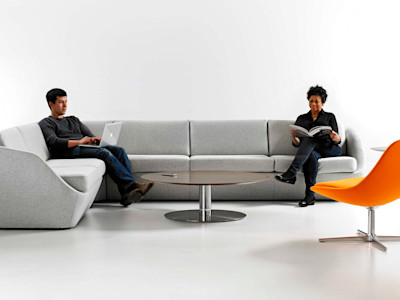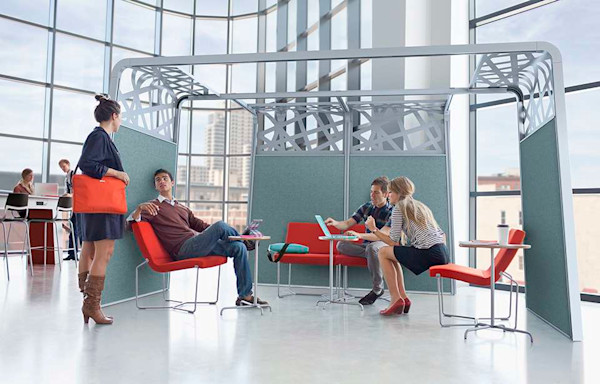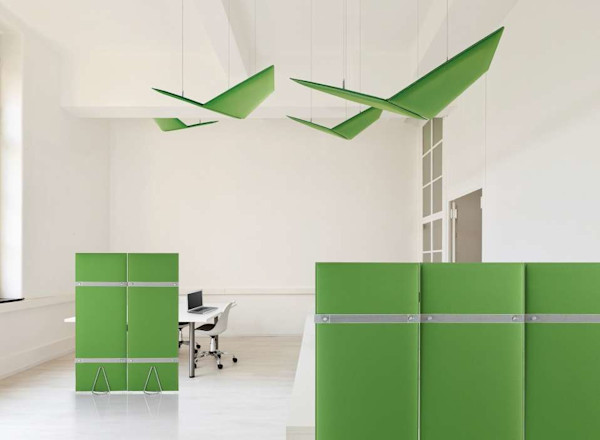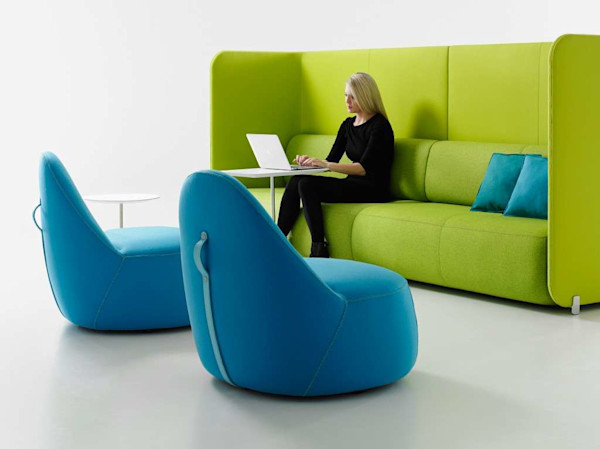How to Furnish Your Office For Hot- and Cold-Natured Employees

It's a common problem in the modern office. One employee feels too hot, while the other is too cold. And if no one has ultimate control over the temperature control, this can often lead to arguments, resentment and even employee turnover. When leading a team, it's best to address the situation as early as possible or when the first staff member makes a remark or complaint. Acknowledge their concerns and tell them you will address it. We suggest the following steps to make your office layout as comfortable as possible for hot- and cold-natured employees.

Acknowledge that you can't make everyone happy.
No matter how often you adjust your temperatures in your office, you will not make everyone completely happy. There is no Goldilocks solution--the same goes for noise levels, lighting, workflow, scheduled breaks and more. Unless you have an office made up of the exact same types of people, you will need to compromise. All good leaders and employers acknowledge their employees' concerns, do their best to compromise, and find creative solutions without sacrificing productivity and time/resources.
2. Use intelligent positioning around air vents.
Locate the air vents around your office. Are they in the ceilings, floors or walls? What directions are they pushing air around the room? How does this affect air blowing into an employee's cubicle, face, legs, or work area? Are there parts of the office where the air flow is stale? Take an inventory and sketch out where vents are located. Then perform an internal audit to gauge the current comfort levels of workers. This will help you determine whether you simply need to move a few desks around, redirect air flow, or look into a whole new layout.
3. Redirect air flow using panels.

4. Provide comfort accessories.

5. Hire an efficiency expert to make sure it's running smoothly.
If you're concerned about productivity or energy resources being lost to this daily problem, consider hiring an HR efficiency expert as well as an HVAC team to come in and tune up the people as well as the office. Investing now in your employees' wellbeing and health will pay dividends in the long run.



